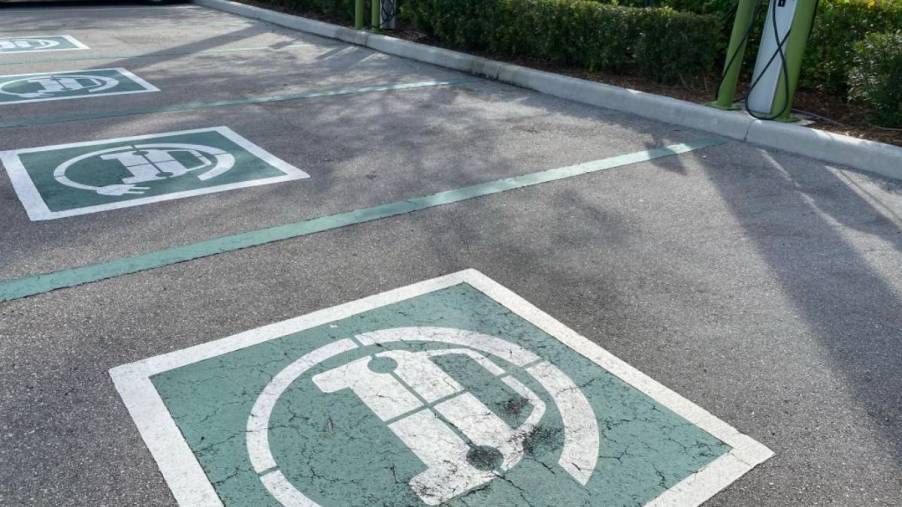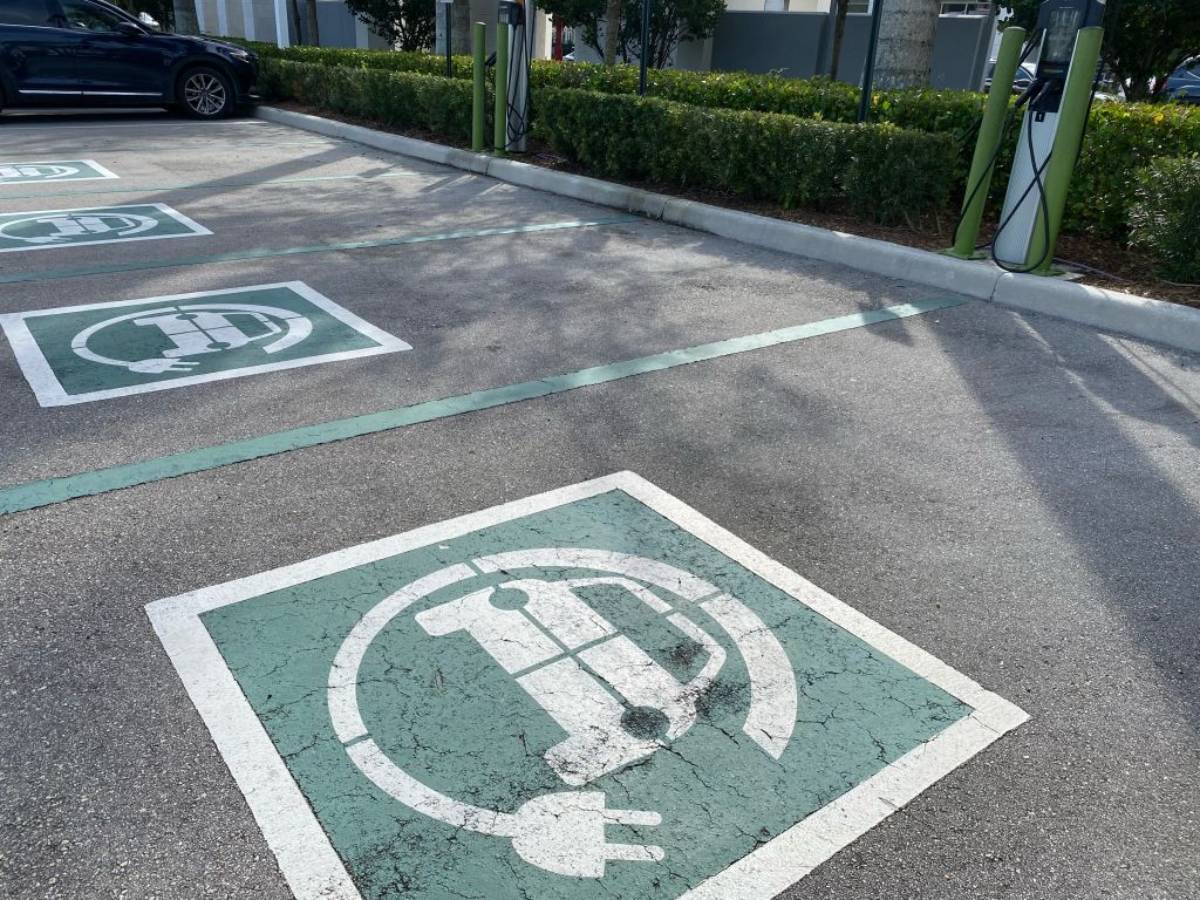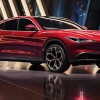
New Data Reveals Sentiments About EVs Could Be Regressing
Over the last decade, we’ve witnessed the influx of modernized electric vehicles, or EVs. Initially, consumers expressed interest in their novelty, wowed by high-performance specs, low operating costs, and zero tailpipe emissions.
However, as some states and automakers publish deadlines for phasing out new internal combustion engine (ICE) vehicles and consumers look hard at how an EV would fit into their lives, some are less interested in making the switch.

EVs aren’t everyone’s cup of tea.
Data presented by J.D. Power reveals changing sentiment among car shoppers toward purchasing an EV from June 2022 through March 2023. In June 2022, 29.6% of people surveyed said they were “very likely” to consider purchasing an EV as their next car.
However, other than a significant dip to 24.8% in December, the “very likely” segment fell steadily through March 2023, landing at 26.9%. On the flip side, 21% of people surveyed in March 2023 said they were “very unlikely” to consider an EV for their next car compared to 17.7% against the consideration in December 2022.
Range anxiety, the fear of being stranded with a dead battery between charging stations, stands as a top reason many people won’t consider purchasing an EV. In addition, the lack of public charging station infrastructure, the perceived length of time required for recharging at public facilities, and concerns about an unstable electrical grid add to peoples’ range-anxiety issues.
“Because the government said so” isn’t setting well with some
It’s no secret that U.S. history has its share of rebellious characters. And while not all government policies are bad ideas, the thought that a president could separate Americans from their gasoline-powered vehicles seems absurd.
However, something as benign as California’s upcoming ban on the sale of new ICE-powered vehicles juxtaposed against the state’s plea to charge EVs during non-peak hours to lessen power grid strain doesn’t inspire confidence from the car-owning public.
Will EVs overtake ICE vehicles?
It’s doubtful that, without government intervention or a worldwide gasoline shortage, EV sales would dominate those of ICE vehicles. However, 123 years ago, battery-powered cars outnumbered gasoline-powered vehicles on U.S. roadways by 16%. Of course, the other 40% of vehicles used steam power, according to CleanTechnica. Luckily the steam-powered-car trend fizzled out.
Cheap, plentiful gasoline and oil, the addition of an electric starter, and low-cost, mass-produced ICE cars finally overwhelmed early EV pioneers. However, modern EVs face challenges similar to those of the early ICE vehicles, such as limited refueling/charging stations, higher manufacturing costs, and skepticism of new technology.
So if EVs are to overtake ICE vehicles, there is some work to do.
What needs to happen to build EV dominance?
While the government, consumers, and automakers prefer different aspects of EVs, it’s apparent that all three agree that a better charging infrastructure would make for an easier transition to wide-scale EV implementation.
Although government incentives and policies promise increased EV charging stations along the nation’s highways, some automakers continue using proprietary charging systems for popular EVs. Ultimately, consumers will decide the fate of EVs as they vote with their dollars and at the ballot box.



